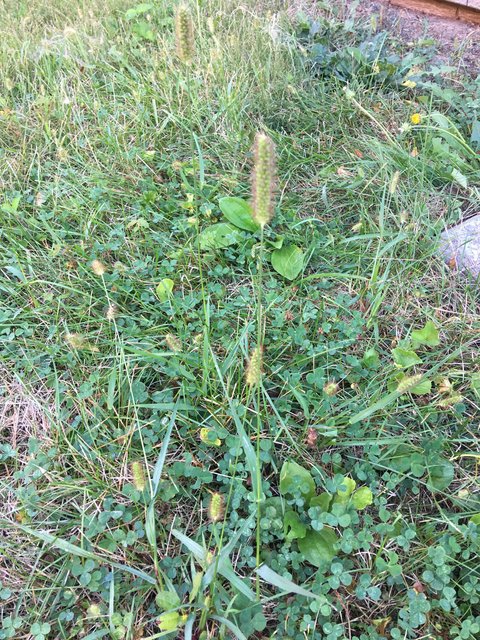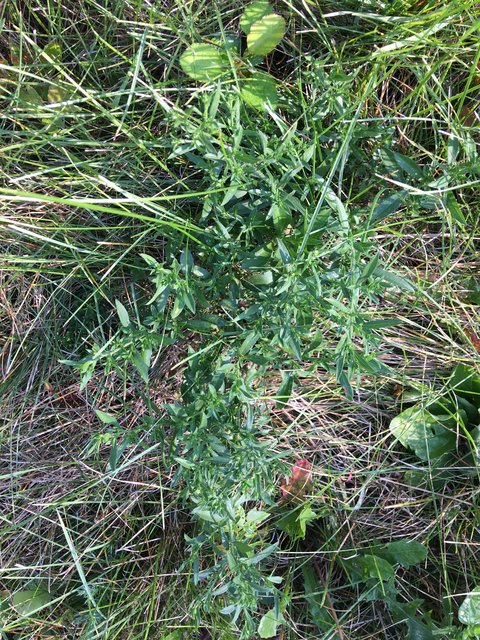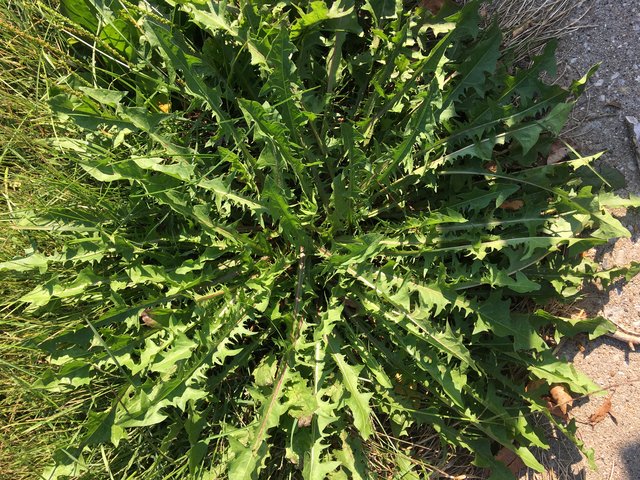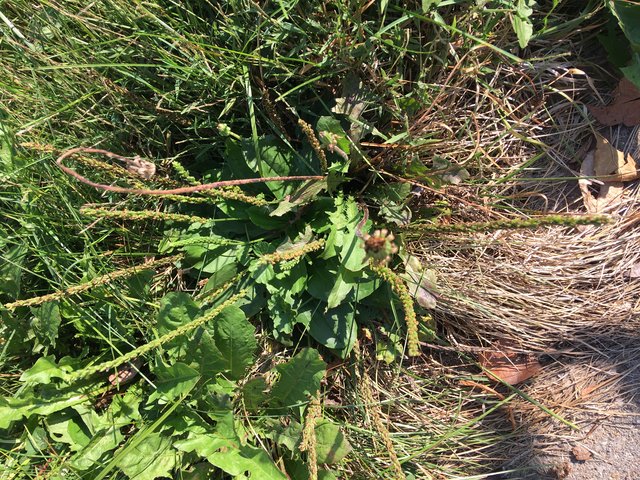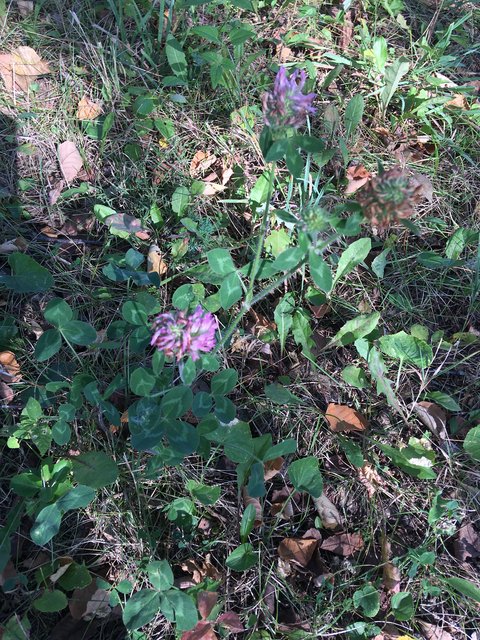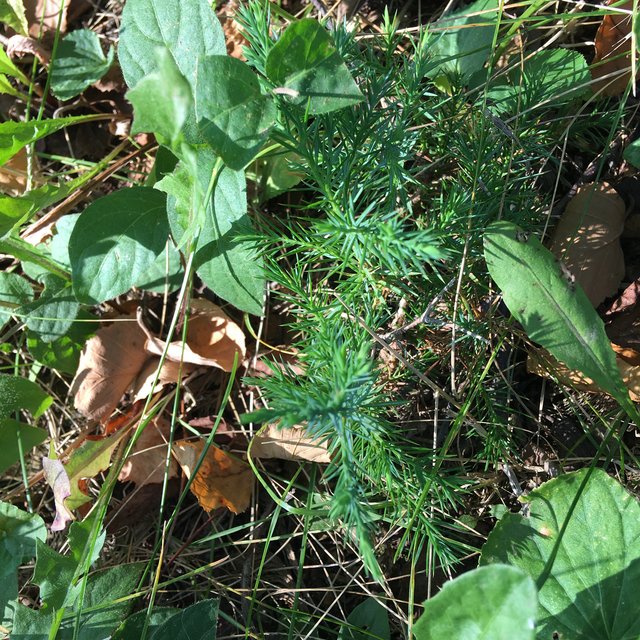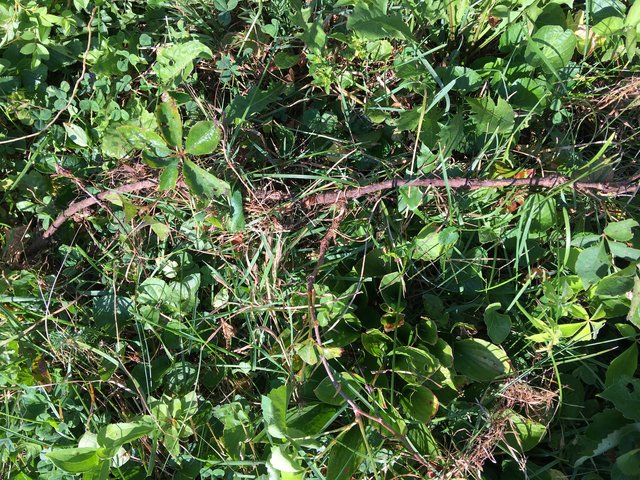garydasc said:
I don't think there should be any reason to go non organic to establish a new lawn. For what purpose?
There isn't. Synthetic fertilizers and pesticides are like a hard drug that is hard to quit without relapse and withdrawal. Not to mention that they kill the beneficial microbes in the ground.
Keep in mind that two of the most overlooked problems are 1) compacted soil and 2) lack of organic matter. Also, you should consider weeds as a symptom of a problem, not the problem itself. Paul Tukey in his book "The Organic Lawn Care Manual" describes weeds and the conditions you can change to make it less desirable for those weeds. For example, plantain loves compacted soil. Many weeds thrive on low nutrients. That is not to say these weeds won't grow at all if you correct the underlying problem, but weed pressure will be a lot less as grass thickens in. A good thing to do is take soil samples to your local cooperative extension and have them test for nutrients and organic matter. This will give you an idea on what you need to correct.
The takeaway is that the better you make conditions for the grass, the thicker the grass will grow and therefore weeds won't have a fighting change among the grass. One big problem where I live is crabgrass. Crabgrass is a prolific seeder and seeds can remain viable in the soil for up to 7 years! But crabgrass seed must have ample light and heat in order to germinate. If your grass is thick and you mow high enough during the hot months, crabgrass simply cannot germinate. Tukey's book is a good read:
https://www.amazon.com/Organic-Lawn-Care-Manual-Low-Maintenance/dp/1580176496
So called "low-mow" grasses are really nothing more than fine fescues which you can find at places like Outsidepride.com for a lot less $$. Hard fescue is indeed low growing and drought tolerant. The caveat here is it is a bunch grass. You are best off mixing it in with some creeping red fescue which is rhizomatous and will spread and fill in gaps. Remember the old saying that Mother Nature hates a vaccuum. If nothing is growing there, she will grow something there and it may not be something you like. As far as clover, white Dutch clover is your best bet as it is low growing. And it is rhizomatous, so it will fill in gaps! It also supplies nitrogen to the grass. Between the clover and mulched grass clippings, your lawn could have as much nitrogen as it needs. I would avoid red clover as it grows fast and tall.
But remember, ground prep is more important than what you plant. If you throw seed down without prepping the ground, you are simply throwing good money after bad. Depending on how much work you want to do, you could rent a tiller and till down about a foot and then get a bulk supply of compost and spread it 2-3 inches over the areas. Seeding should be done in late August to early Sept. for best results.
If you don't want to do that kind of work or spend money on bulk compost, then the best thing you could do is to spread some organic fertilizers based on the above soil tests I mentioned. But don't put down any fertilizers until you find out what you are deficient in. Your pH may be off too. Many weeds love acidic conditions. Lawn grass grows best at a pH of between 6-7.5. If you are outside that range, you may need to put down either lime to make it more alkaline or sulfur to make it more acidic.
I use the Espoma line of organic fertilizers. However, I don't spread anything without knowing what I am deficient in. I don't think blanket applications on a schedule do much except waste product.
You mention pre-emergents. Keep in mind that these only prevent seeds from germinating and will do nothing to prevent perennial weeds from sprouting back every year. As far as organic pre-emergents, corn gluten is organic. However, it is also a source of nitrogen and if you spread it at levels that will prevent seeds from sprouting, you will make your grass grow faster and you will need to mow more often.
